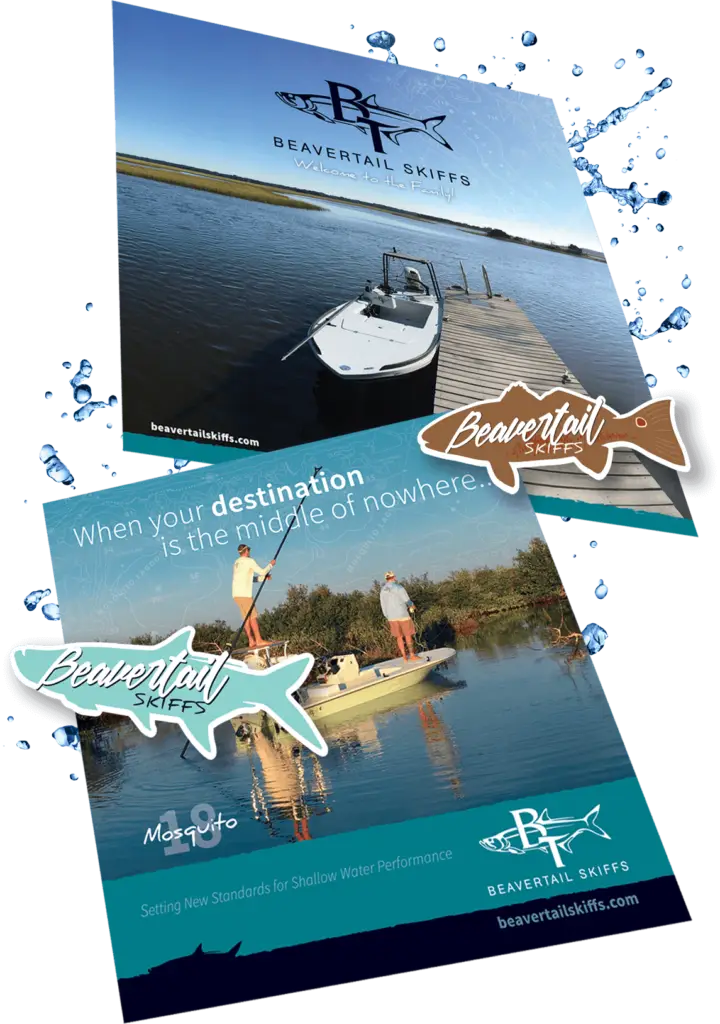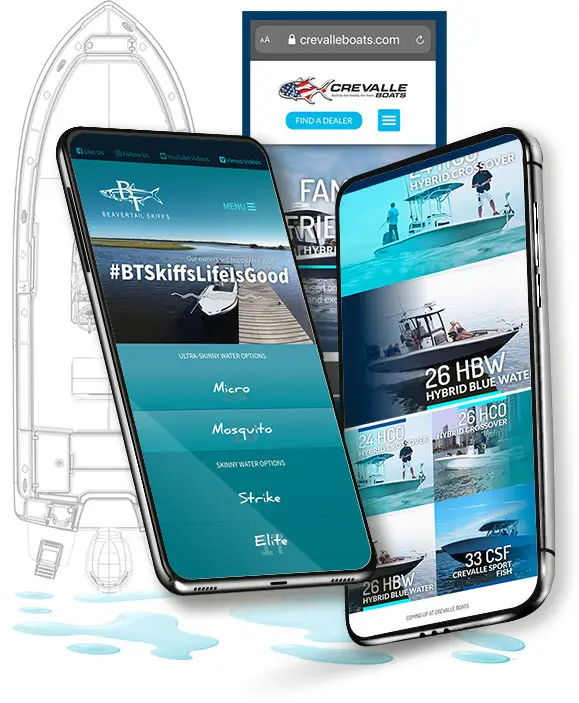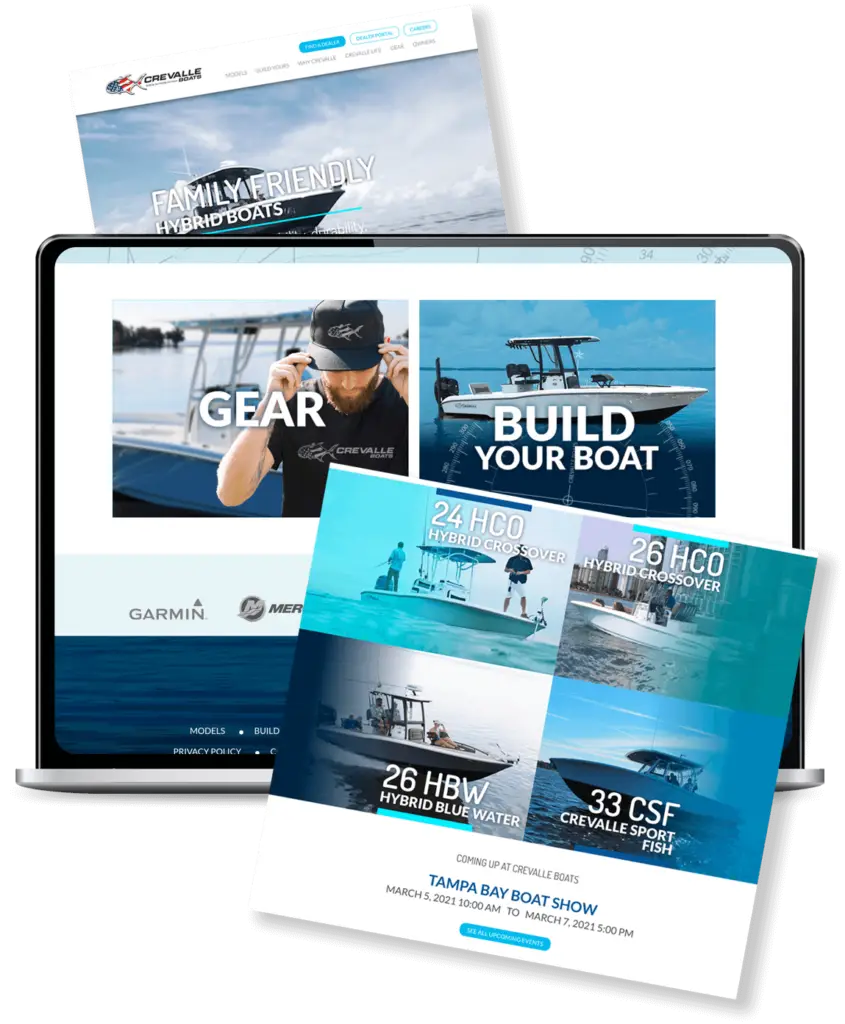Websites & Marketing for Boat Builders & Manufacturers
Building high-performance boats is an art—and so is marketing them. Whether you craft technical skiffs, offshore center consoles or custom-built vessels, your brand needs to stand out in a competitive market.
Raise the Bar with a Stronger Brand, Smarter Website & Better Marketing
If your boat brand already has the perfect marketing strategy and website in place—congratulations! But if you know there’s room to grow, let’s talk.
At Thrive, we’ve developed a proven formula for marketing boat builders and manufacturers like you. Whether it’s a brand refresh, a high-performance website, or a marketing strategy that fuels sales, we help you build a brand that serious boat buyers connect with.


Boat Marketing Built by People Who Understand the Water
We don’t just build websites and marketing strategies—we understand boaters, buyers, and what drives their decisions. Whether you’re reaching new customers or keeping current owners engaged, we know how to position your brand for success.
With deep expertise in the boating, fishing, and outdoor industries, we’ve developed a proven approach to help boat builders and manufacturers:
- Brand Strategy & Positioning for a stronger market presence
- Website Design & Development built for performance and conversion
- Digital Advertising & Lead Generation to connect with serious buyers
- Owner Engagement & Loyalty Marketing to strengthen brand retention
High-Performance Websites for Boat Builders & Manufacturers
In today’s boating industry, a website isn’t just a digital brochure—it’s your most powerful marketing tool. More than ever, boat manufacturers are prioritizing high-performance websites that attract serious buyers, generate leads, and showcase their brand at its best.
If you want to turn more prospects into leads and future owners, investing in a strategically built, visually stunning website is one of the smartest moves you can make.

Marketing Solutions Built for Boat Builders & Manufacturers
Website Design & SEO
Your website is your most powerful sales tool—we’ll make sure it stands out, ranks well, and converts serious buyers into owners.
Branding & Identity Development
From logo design to full brand strategy, we help boat builders craft a strong identity that resonates with their ideal customers.
Content & Creative Services
We create high-quality content, visuals, and design that showcase your boats and brand in a way that captivates and converts.
Digital Advertising & Lead Generation
Attract more prospects with targeted digital ads and lead generation strategies built to connect with serious boat buyers.
What Our Clients Have to Say
Thrive Creative Labs transformed my outdated website into a powerful marketing tool and significantly improved my online rankings. Having my site built by Thrive has been one of the best decisions—and investments—I’ve made in 20 years as a fishing guide.